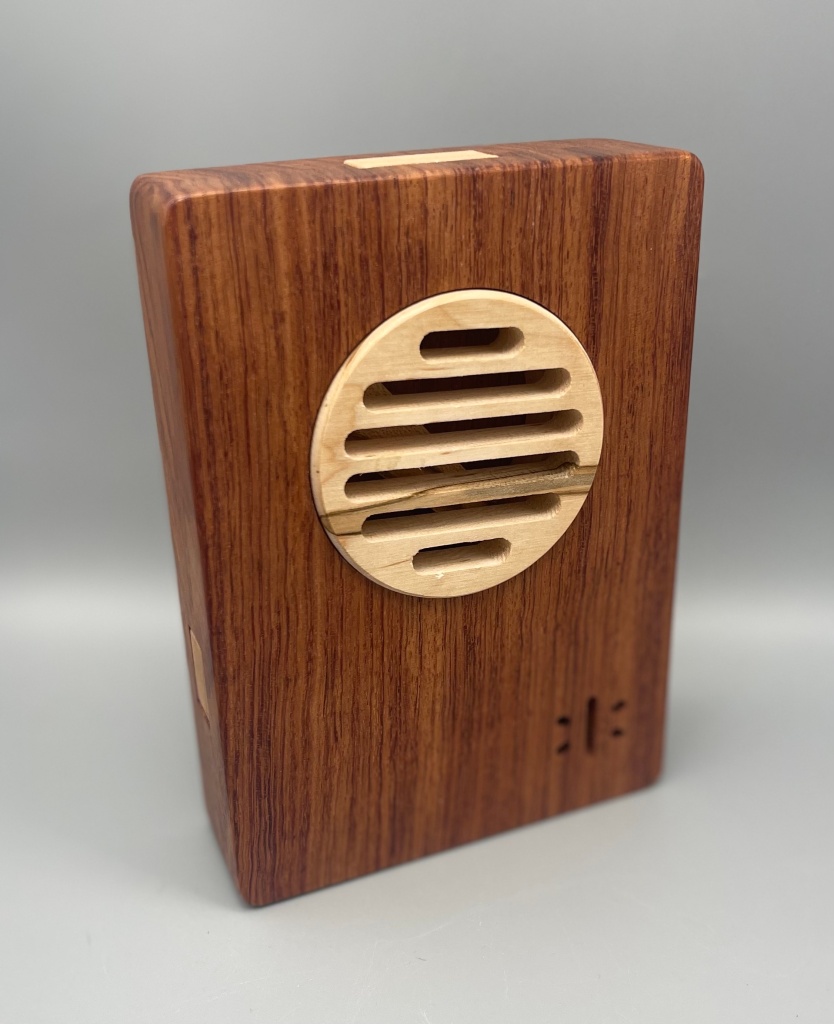Abraham’s Whale
Idan Shvartz,
The initial release of Abraham’s Whale into the wild somehow slipped by my puzzle radar – I saw this intriguing locked metal box popping up on Discord and lamented the reality that life stuff had distracted me from what really matters: puzzles. Fast forward several months and I manage to get my hands on one… I was not disappointed.
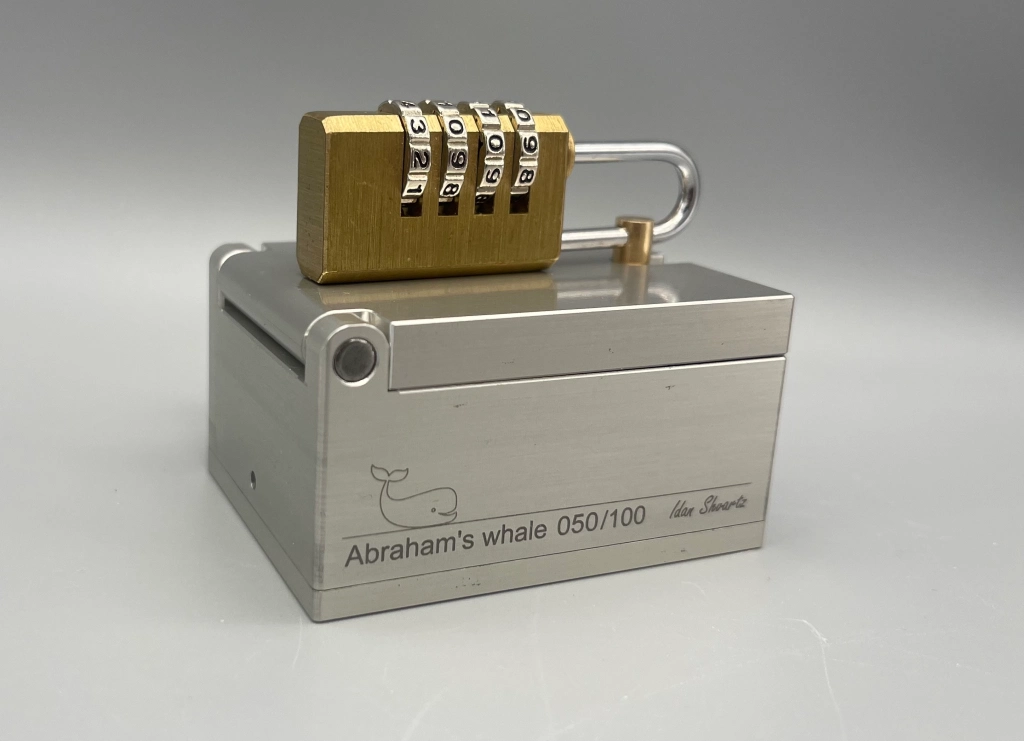
At 2.5″ x 2″ x 1.5″, the puzzle is not overly large, fitting perfectly in your hands. There are various holes on the bottom and sides but, apart from some noise, I did not initially find anything that seemed to do anything off the bat. I, like many did with this puzzle, needed some guidance getting started – the first step really does not do the puzzle justice, starting off with its weakest element. However, this quickly gave way to the satisfaction of a darn good sequential discovery puzzle as I dove in; the puzzle does a great job at directing you through its various stages, the appearance of tools or other developments helping to guide you along.
This is most definitely SD, with a rather lengthy journey in which your discoveries must be put together in novel and exciting ways. There is some serious science sitting at the base of several steps; if you did not know how some things work, you will by the end (this is rather vague of course but once you’ve solved the puzzle you will know what I mean).
The puzzle brings in a number of strategies; typically what may seem burdensome has a more graceful way of being accomplished, if you stop and do some of that thinking thing for a moment. A bit of dexterity may come into play, but overall the puzzle does a great job of getting you to figure out what you have and how it can be used to do what needs to be done.
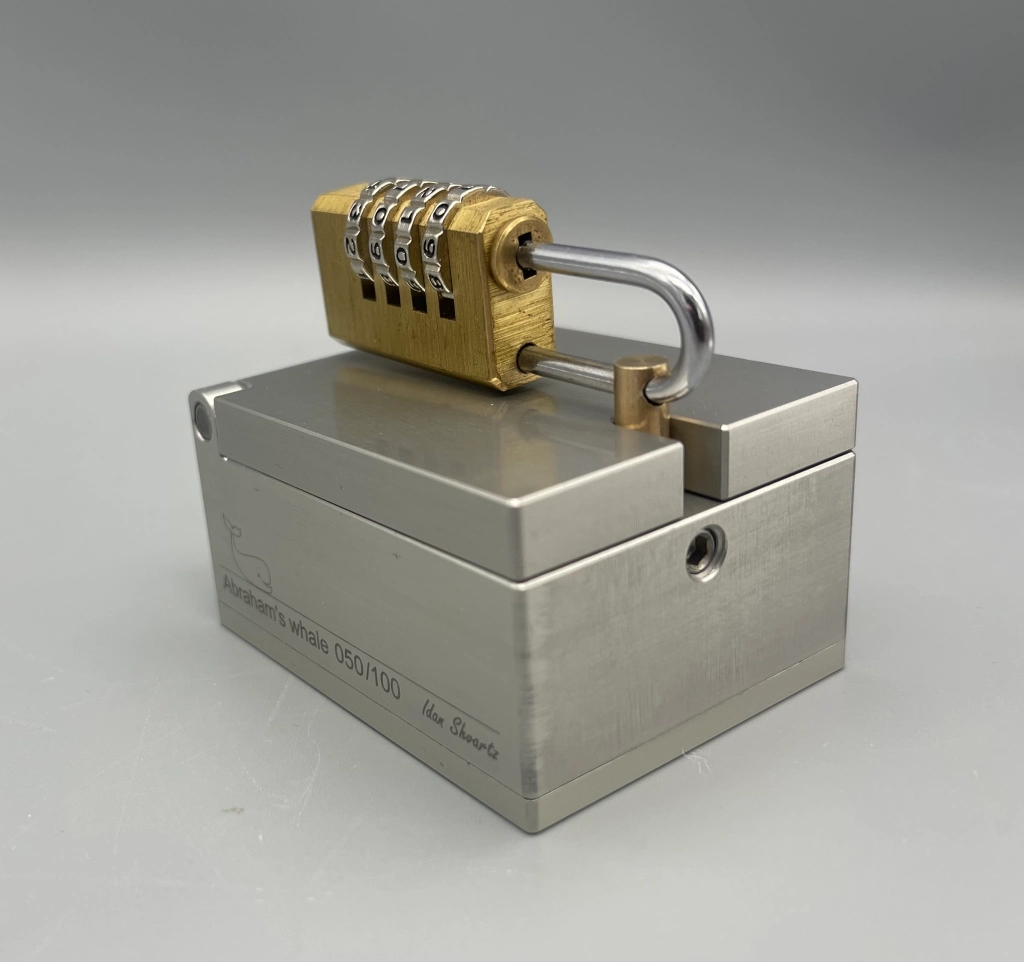
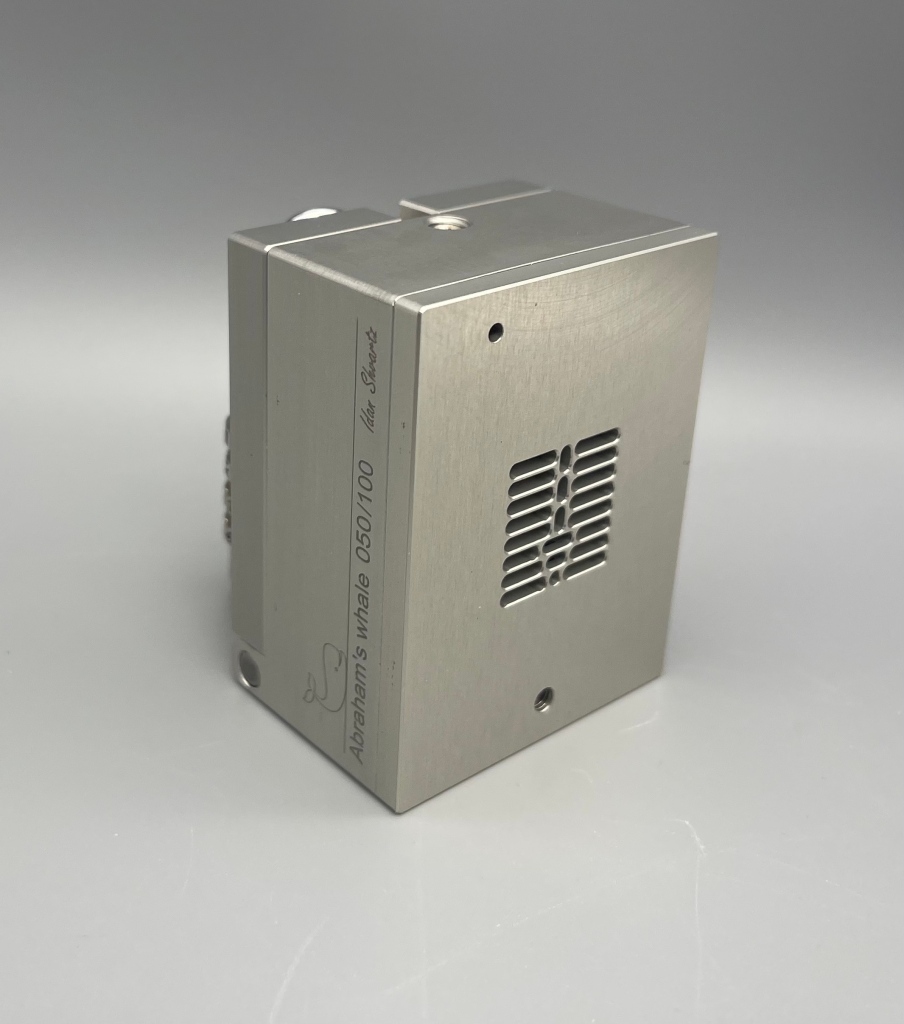
I needed some help at a couple points (not that surprising if you’ve ever read this blog), one section posing a particularly significant amount of trouble – as is oftentimes the case, it turned out I was basically correct in what I was doing and just needed a bit of encouragement and clarification to pass through to the next section.
There are several strong aha!’s along the way, with some great moments of satisfied success as I figured out what was happening and what I needed to do. This was a puzzle that definitely required my awesome-sauce puzzling headset (combo headlamp and magnifying glasses, bruh) to seek out and discover new developments as I worked my way through.
Eventually, I did it! The whale was free! Huzzah! After an appropriate time basking in my brilliance, I set forth resetting it. The reset is mostly straightforward, moving backwards through the puzzle. Somewhat unsurprisingly, I still managed to screw this up a couple times, proceeding out of order and needing to backtrack. The good thing is that this really forced me to appreciate how the various mechanisms work and how different elements work together to create a fun, puzzling experience. One part of the reset was especially tricky and I am not ashamed to admit that I used an external tool to help myself out (is it cheating if it is just on the reset? whatevs.)
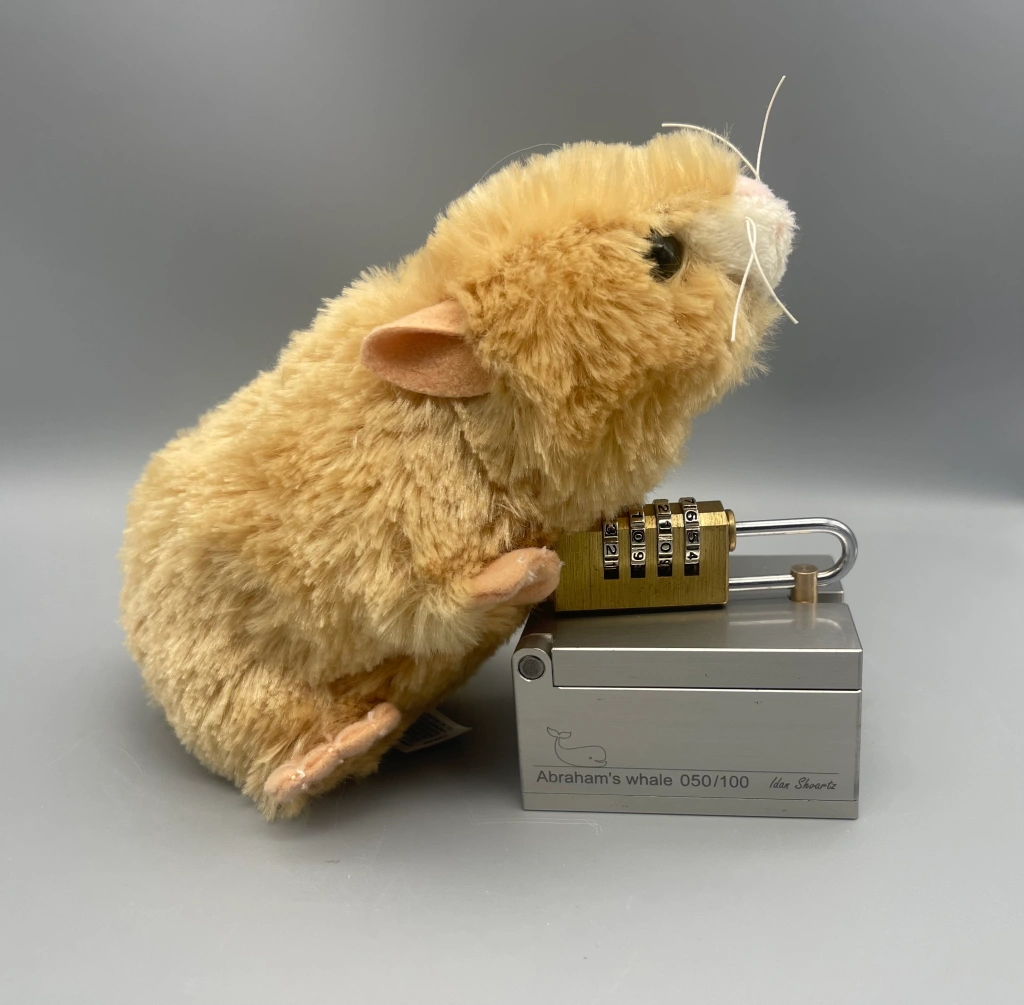
Amazingly, this is Idan’s first foray into puzzling; he is working on his follow-up and I for one can’t wait to see what he comes up with!























































